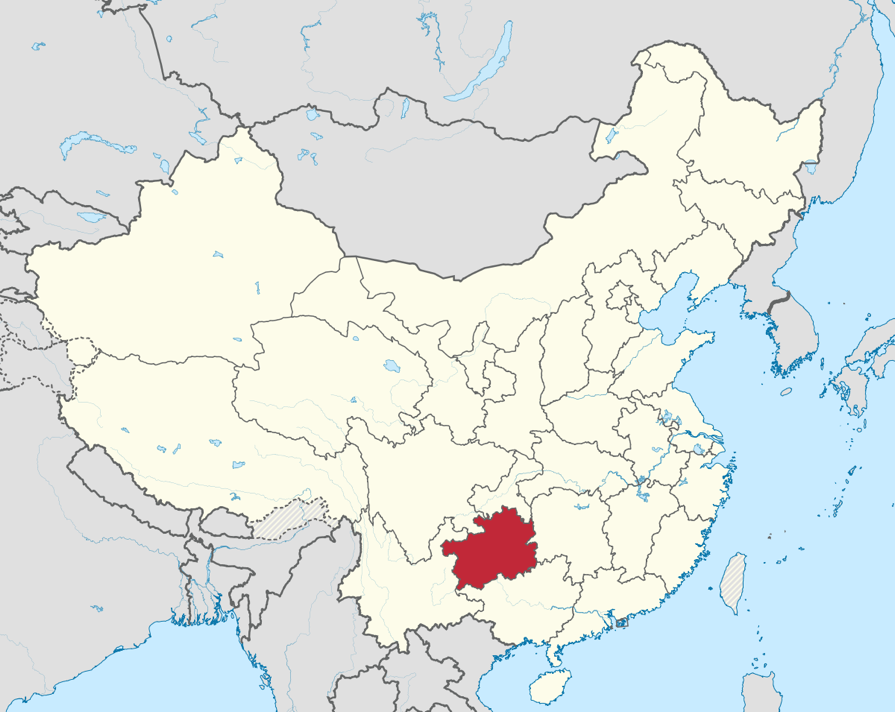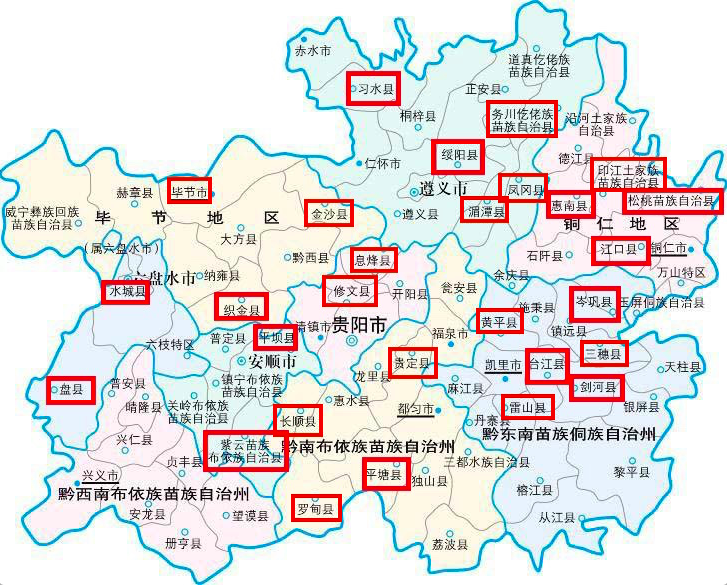Study Design and Site Selection
Guizhou province was selected as the study site as it is one of the most underdeveloped provinces in China with a large rural population. Of all the districts and counties in Guizhou, those where NCMS has a low coverage rate or is administered by the Department of Human Resources and Social Security, and those with pre-existing payment reform programs, were excluded from the study. The study sites should be representative of China’s western regions and the lower-income areas of the central region. Figures 1 and 2 show the location of Guizhou province and 28 intervention counties in Guizhou respectively.

Figures 1 and 2 shows the location of Guizhou province and 28 intervened counties in Guizhou respectively.

Experimental Design and Randomization Procedure
The study adopted a matched-pair cluster randomization strategy. A total of 56 counties were eligible for the randomization and matched on a vector of county-level characteristics on population, economics, and health care. For each set of matched counties, treatment was randomly assigned within pair-wise match.
During 2014-2015, the interventions were first piloted in 2 counties in order to develop detailed SOPs. The real interventions were rolled out since 2016 across two waves (the first wave started at the beginning of 2016, and the second wave started at the beginning of 2017). The selection of interventions for 2016 vs 2017 implementation was random.
Study Sample and Population
The intervention is a government policy change to the provider payment system at the county-level hospitals. The study hospital sample includes all county-level hospitals in the study counties—intervention and control. The study population includes all NCMS enrolees in the intervention and control counties, covering >95% of all population in the counties.
Measurement
Indicators used in this study include Internal Management, Contextual and Mediating Factors, and Quality.
Outcome Variables
Outcome variables are obtained from county hospital discharge data and NCMS claims records, including information on health care expenditure, insurance reimbursement, out of pocket payment, expenditure for drugs and diagnostic tests, and length of stay.
